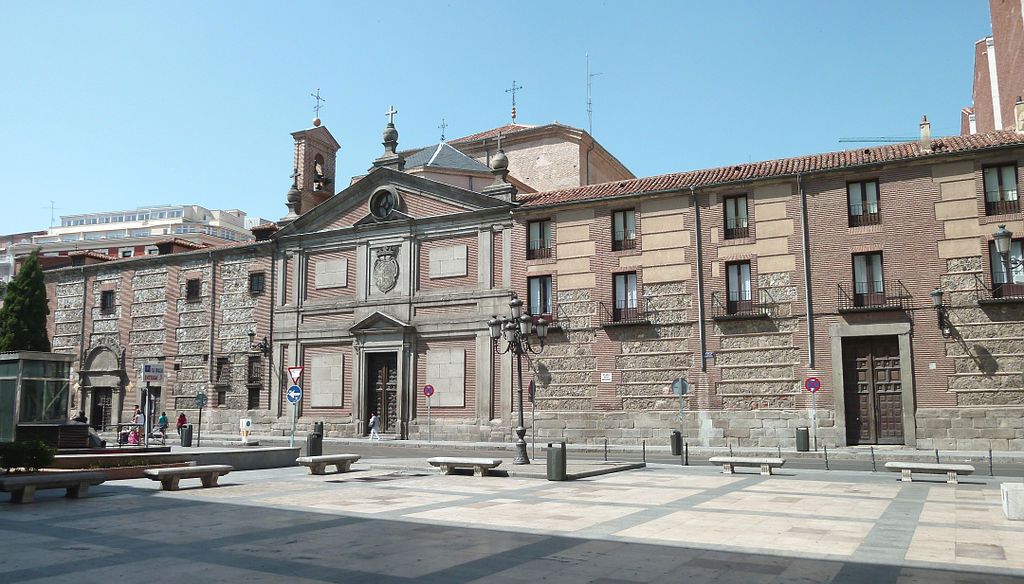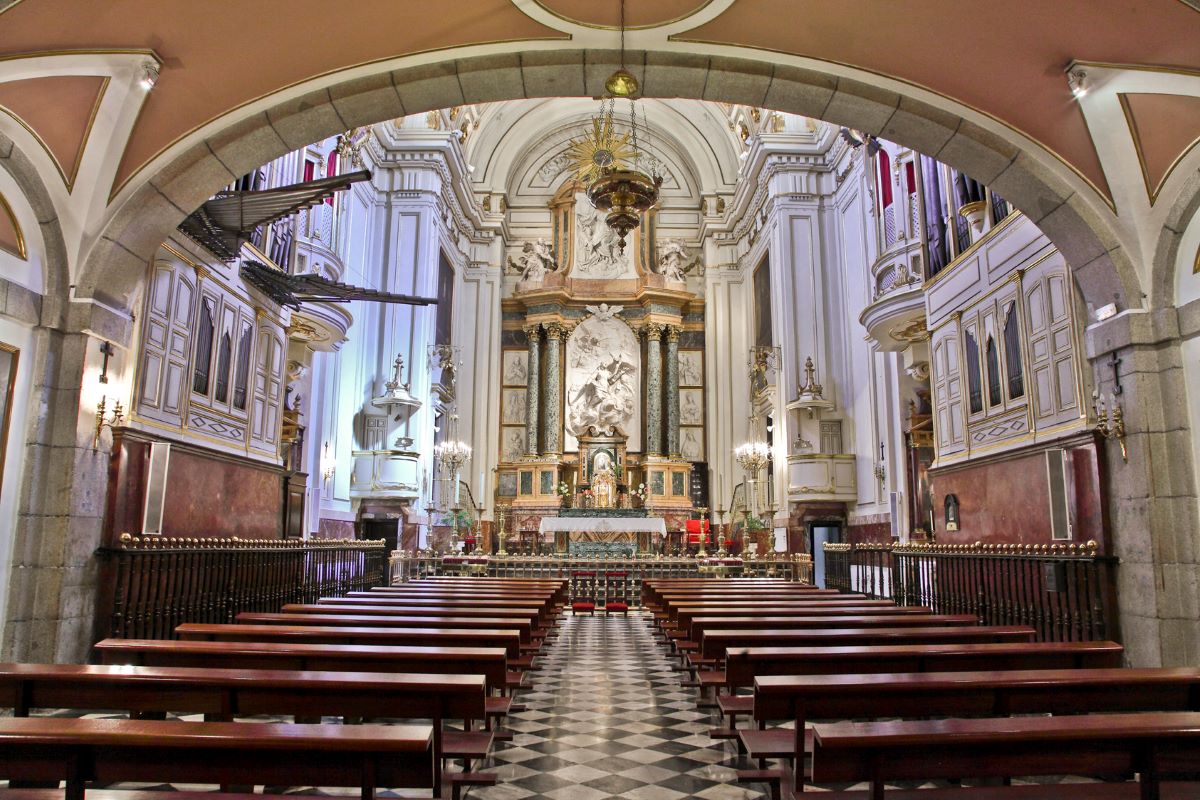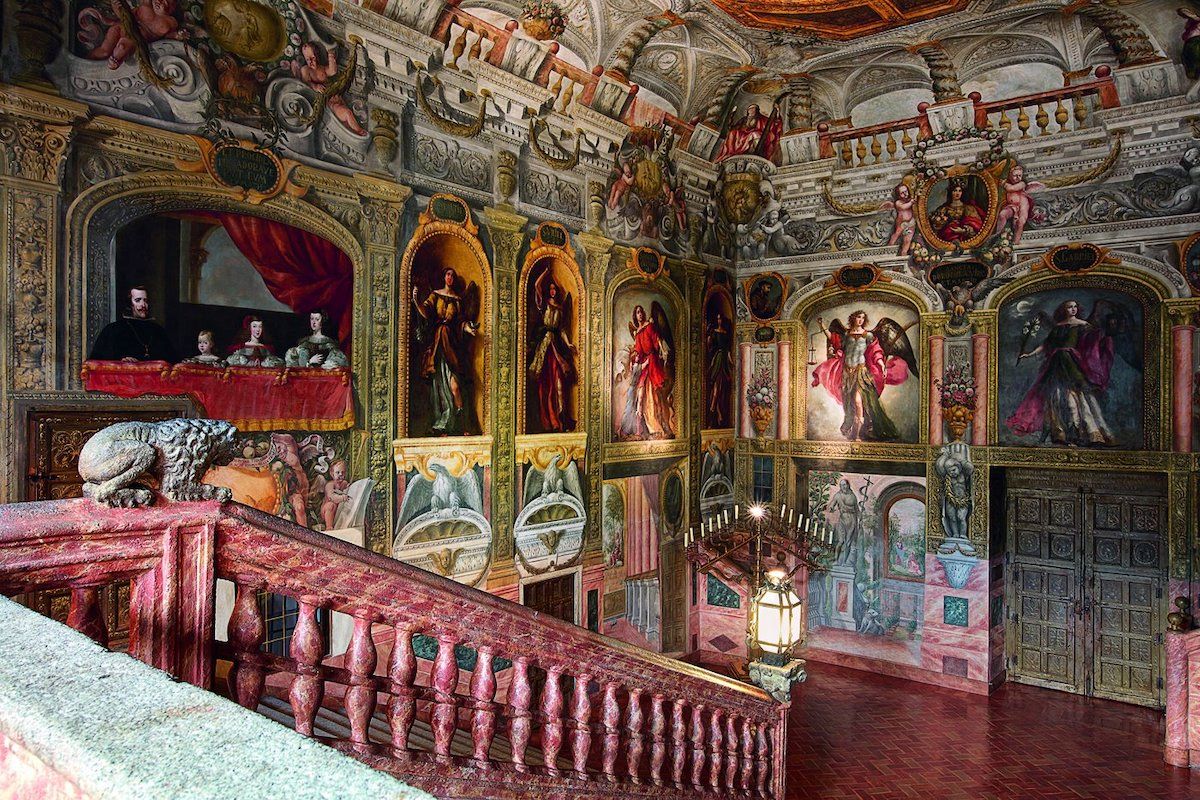
Image | Wikipedia
A few minutes from Puerta del Sol is the Monastery of the Royal Barefoot, a building whose exterior makes you go completely unnoticed due to its austere decoration. However, its interior hides an enormous beauty. Wall paintings, pictures, nativity scenes, reliquaries and tapestries, among many other works of art, tell us the interesting history of this place that goes unnoticed by many tourists in Madrid.
Origins of the monastery
Alonso Gutiérrez, the accountant of Emperor Carlos V, bought the land where the monastery is located to make a palace. Juana de Austria was born here, the daughter of the emperor as her father did not have a stable court. Years later, the Infanta decided to create a religious community and thought that this was the ideal place, so she chose to buy it from the heirs of Alonso Gutiérrez. In this way, on August 15, 1559, the first nuns arrived at the Monastery of the Descalzas Reales.
That same day the grand inauguration of the monastery took place in which the royal family participated despite the fact that the church was still not built. It was necessary to wait until 1564 to finish the church and on the day of the Conception the Blessed Sacrament was placed on the main altar. Juan Bautista de Toledo is credited with building the facade in a classical style, while the rest of the church is believed to have been the work of the Italian engineer Francesco Paciotto.
Over the years, women of royalty and the high aristocracy entered here. This convent was historically linked to the women of the House of Austria, so it could be considered a female equivalent of the Monastery of San Lorenzo de El Escorial. Most of them made important donations so the monastery had a very important fund in works of art. Some of the most prominent have the signature of Pedro de Mena, Rubens, Tiziano, Gaspar Becerra, Sofonisba Anguissola, Sánchez Coello, Brueghel, Luini or Antonio Moro, among others.
During the Spanish Civil War the monastery was deprived of its community. However, as happened with the Prado Museum, their works of art were put in a safe place. Some pumps damaged the vault of the staircase and the choir. Later a restoration was carried out and the nuns returned.

Image | Wikipedia
This is the building
Externally, the space that originally covered the Monastery of the Royal Barefoot was enormous and in it was a large orchard, the church and the monastic dependencies. It wasn't until the XNUMXth century that they parted with the complex and sold some of the land.
As for the interior, its current appearance responds to the subsequent remodeling of Diego de Villanueva in the mid-XNUMXth century, although it was expanded on successive occasions. The mural paintings are from the XNUMXth century, Madrid baroque and in them are represented King Felipe IV and Mariana of Austria with the Infanta Margarita and Felipe Próspero.
Joan of Austria installed her rooms next to the altar, the royal room. That area was later called the Palace of the Absence of the Kings. The Hall of Kings is an intermediate space to receive visitors between the monastery area and the area destined for royalty. From this room you can access the reliquary (closed to outside visits) where many relics are housed.
The Spanish Infanta was buried here following her last will, in a sepulcher located in the presbytery, in a chapel next to the Epistle attributed to Juan Bautista Crescenzi. From here she attended daily mass. The tomb is adorned by a white marble statue in a prayerful position by Jacobo da Trezzo, a sculptor from the court of King Philip II.

Image | Investigate
The Monastery of the Barefoot today
At present there are about twenty cloistered nuns who live in the monastery. During the visits, they remain in areas where they cannot be seen and outside of those hours they carry out their tasks as well as prayer and meditation. The choir is where they gather to pray and sing. On the upper floor of the monastery there are still vestiges of the first cells of the nuns today. Now there are wonderful tapestries made in Brussels and designed by Rubens, who was the court painter in Brussels where Isabel Clara Eugenia lived, who offered the tapestries to the monastery.
Visiting hours and prices
Schedule
- From Tuesday to Saturday. Morning: 10:00 - 14:00 Afternoon: 16:00 - 18:30
- Sundays and holidays. 10:00 - 15:00
- Closed Mondays
Pricing
- Single rate: 6 euros.